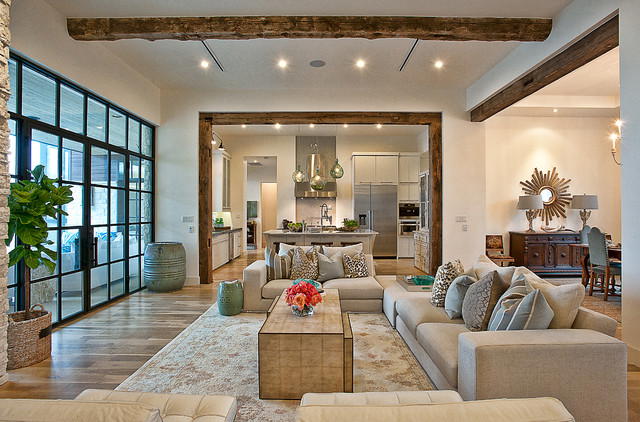Understanding Central Air Systems
Central air systems have revolutionized the way we cool our homes, providing efficient and effective climate control for year-round comfort. These systems offer a centralized solution for cooling multiple rooms or an entire house, unlike traditional window units that only cool a single area. Understanding how central air systems work is essential for homeowners looking to invest in reliable cooling technology.
The Basics of Central Air
At the heart of a central air system is a compressor unit, typically located outside the home, that circulates refrigerant through a series of coils. As the refrigerant absorbs heat from indoor air, it evaporates into a gas, cooling the air in the process. The cooled air is then distributed throughout the home via ductwork and vents, while the warm air is expelled outside. This continuous cycle maintains a consistent and comfortable indoor temperature, even on the hottest days.
Benefits of Central Air Systems
One of the primary advantages of central air systems is their ability to provide uniform cooling throughout the entire home. Unlike portable or window units, which may struggle to cool larger spaces or create uneven temperatures, central air systems deliver consistent comfort to every room. Additionally, central air systems are often quieter and more energy-efficient than their counterparts, saving homeowners money on utility bills while keeping indoor noise levels to a minimum.
Choosing the Right System
When selecting a central air system for your home, several factors should be taken into consideration. The size and layout of your home, climate conditions, and budget all play a role in determining the most suitable system. Consulting with a qualified HVAC professional can help you assess your needs and choose the right system for optimal performance and energy efficiency.
Installation and Maintenance
Proper installation and regular maintenance are essential for maximizing the lifespan and efficiency of your central air system. A professional HVAC technician should handle the installation process to ensure proper sizing, ductwork design, and equipment placement. Once installed, regular maintenance, such as cleaning or replacing filters, checking refrigerant levels, and inspecting ductwork for leaks, is necessary to keep the system running smoothly.
Improving Indoor Air Quality
In addition to cooling your home, central air systems can also improve indoor air quality by filtering out airborne pollutants such as dust, pollen, and pet dander. High-quality air filters trap these particles, preventing them from circulating throughout your home and potentially aggravating respiratory issues or allergies. Upgrading to HEPA filters or installing additional air purification systems can further enhance indoor air quality for a healthier living environment.
Maximizing Efficiency with Smart Technology
Advancements in smart technology have made central air systems more efficient and user-friendly than ever before. Wi-Fi-enabled thermostats allow homeowners to remotely control their HVAC systems, adjust temperature settings, and monitor energy usage from their smartphones or tablets. Programmable thermostats can also help optimize energy efficiency by automatically adjusting temperatures based on your schedule and preferences.
Investing in Comfort and Convenience
Central air systems offer unparalleled comfort and convenience for homeowners seeking reliable and efficient cooling solutions. Whether you’re building a new home or upgrading your existing HVAC system, investing in a central air system can enhance your quality of life and increase the value of your property. With proper installation, maintenance, and technology integration, central air systems provide years of reliable performance and comfort for you and your family.
(To learn more about central air systems, visit home-radiators.com.)










